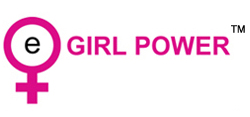How big is the girls' education issue in developing countries?
Female education across the world has a long way to go.
Recently, the Millennium Development Goals set a target of attaining universal primary education by 2015.
It will be a while before that happens.
In 2012, UNICEF reports, there were “61 million children of primary school who were not in school[,] and over half were girls.” While there has been some progress in regards to increasing female school enrollment, particularly at the primary level, women are still desperately at a disadvantage.
There is overwhelming evidence that suggests countries with better gender equality and less gender disparity will experience a higher probability of increased economic growth. Astonishingly, statistics show that some countries lose over $1 billion a year by failing to educate females at the same level of their male counterparts.
Areas such as in the Middle East and North Africa (MENA) testify to this simultaneous growth and stagnation. While there has been rapid growth in literacy over the past 30 years in this area, many girls “are enrolled in school but learning too little to prepare them for 21st century job markets” (PRB.org). Education has been defined by multiple international conventions as both “a social right and a development imperative” to building democratic societies and creating a foundation for sustained economic growth through such means as “improving the productive needs of the labor force.” Education, ergo, is a key strategy in drastically reducing poverty.
Education is vital for women anywhere in the world, and particularly within developing country.
Let’s see to it that all women have access to a proper education…
And thus change the world.
Help eGirl Power fight gender inequality and change the future of hundreds of girls in need through education. Donate now.


